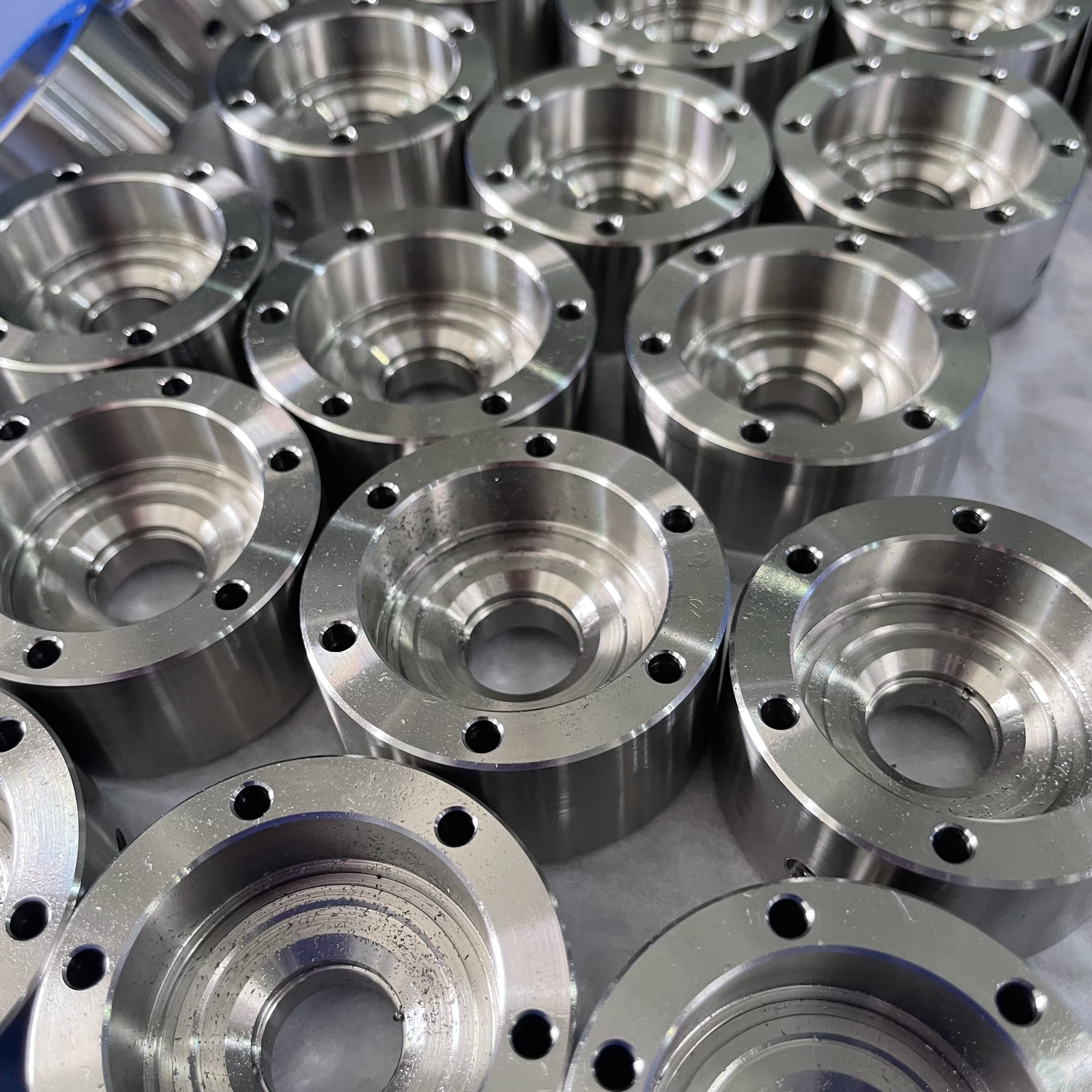Mastering CNC Turning: Essential Parameters and Metalworking Techniques

CNC Turning Basics
CNC turning, also known as computer numerical control turning, is a fundamental process in the realm of metalworking and precision engineering. It involves the use of a CNC lathe to remove material from a rotating workpiece, resulting in symmetrical and precisely shaped components. Understanding the essential parameters of CNC turning is crucial for achieving high-quality results. Mastering CNC turning techniques is vital for professionals in the field to ensure efficient and precise metalworking techniques are employed.
Understanding CNC Turning Parameters
When it comes to CNC turning, understanding the key parameters is essential for achieving optimal results in metalworking and precision engineering.
Tool Selection and Cutting Speed
Selecting the appropriate tools is a critical aspect of CNC turning operations. The right tools can significantly impact the efficiency and precision of the machining process. Additionally, optimizing cutting speed is vital for achieving the desired level of precision in CNC turning. By carefully selecting the cutting tools and optimizing their speed, professionals can ensure that the workpiece is machined accurately and efficiently.
Feed Rate and Depth of Cut
Adjusting the feed rate is an important parameter in CNC turning as it directly affects material removal. Controlling the feed rate enables professionals to manage the amount of material being removed during the machining process, ultimately influencing the surface finish and overall quality of the turned part. Similarly, optimizing the depth of cut is crucial for achieving precise results. The depth of cut impacts not only material removal but also plays a significant role in determining the surface finish and dimensional accuracy of the final component.
CNC Lathe Operations
Workpiece Holding and Centering
Proper workpiece holding is crucial for ensuring precision in CNC lathe operations. Securely clamping the workpiece in place prevents any unwanted movement during the machining process, ultimately leading to accurate and consistent results. Additionally, centering the workpiece accurately is essential for achieving concentricity in CNC turning. This ensures that the rotating axis of the workpiece aligns perfectly with the lathe's spindle, enabling symmetrical and precisely machined components.
Toolpath Programming and Tool Change
Efficient toolpath programming is a fundamental aspect of optimizing CNC lathe operations. By strategically planning the toolpath, professionals can minimize unnecessary movements and optimize the machining process for improved efficiency and precision. Furthermore, implementing a smooth and accurate tool change process is crucial for uninterrupted CNC turning. Seamless tool changes help maintain the workflow and prevent any disruptions during the machining of intricate components.
In the words of renowned metalworking expert, John Smith:
"Proper workpiece holding and precise toolpath programming are indispensable for achieving high-quality results in CNC lathe operations."
Applications of CNC Turning
CNC turning is widely employed in various industries, showcasing its versatility and precision in meeting the demands of different sectors.
Automotive and Aerospace Industries
In the automotive and aerospace industries, CNC turning plays a pivotal role in manufacturing precision components. The high accuracy and repeatability of CNC turning make it an ideal choice for producing critical parts, such as engine components, landing gear parts, and other intricate elements required for aircraft and automotive applications. The ability to consistently produce high-quality components makes CNC turning indispensable in these industries, where safety and reliability are paramount.
Medical and Electronics Sectors
The medical and electronics sectors benefit significantly from the implementation of CNC turning in their manufacturing processes. CNC turning is widely used to produce intricate components for medical devices such as implants, surgical instruments, and diagnostic equipment. In the electronics sector, CNC turning is essential for creating precise components used in electronic devices, ensuring dimensional accuracy and high-quality surface finishes. The precision and versatility of CNC turning make it an invaluable technology in these sectors where quality control and precision are critical for the functionality of the end products.
Mastering CNC Turning
Mastering CNC turning parameters and techniques is crucial for achieving precision in metalworking. By understanding and optimizing turning parameters, professionals can ensure the production of high-quality components with tight tolerances and excellent surface finishes. Moreover, a deep comprehension of CNC lathe operations and applications is essential for individuals working in the field of metalworking. The versatility of CNC turning makes it indispensable across various industries, from automotive to medical sectors, highlighting its significance in modern manufacturing processes.
John Smith: "Mastering CNC turning techniques is the cornerstone of achieving excellence in precision metalworking."
See Also
Understanding CNC Machining: Turning and Milling Explained
Becoming Proficient in CNC Turning: Comprehensive Guide
CNC Turning for Beginners: Demystifying Precision Machining
Tianjie CNC: Elevating Industries through Precision Machining and CNC Solutions
The Evolution of CNC Milling: Progress and Diverse Applications
About US
Follow Us
Your prototype holds unparalleled significance, and we deeply value its uniqueness. Collaborating with you during the preparation phase for running your prototype or parts is a commitment we gladly embrace. Whether it's a single part or a complex assembly, we are dedicated to selecting the optimal tools and pathways to bring your envisioned product to life.
At Precision Fab CNC Machining, we specialize in producing parts for prototypes, short runs, and high-volume production. Our prototyping machine capabilities extend across metal, plastic, and wood machining, with welding fabrication services available to complement and finalize your prototype if required.
Address
Address: Room320 10F, Building A,Nanshan international building, Dayawan District, Huizhou, Guangdong, 516001 China
Contacts
billy@timaycnc.com

